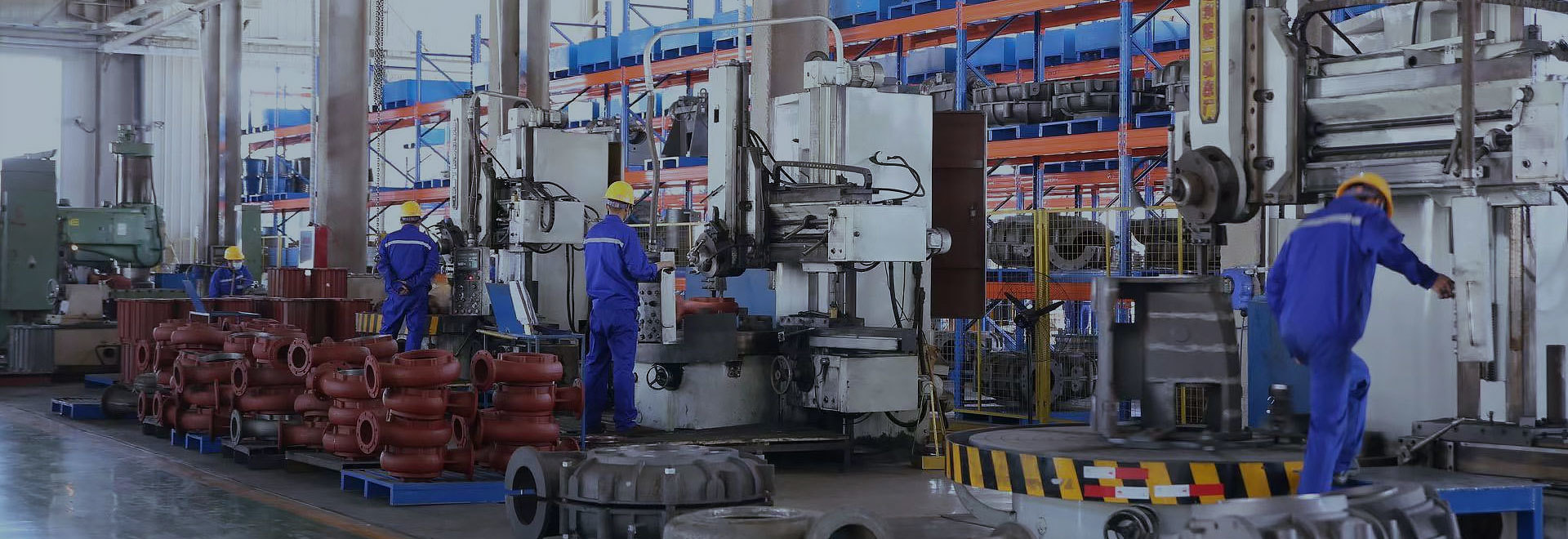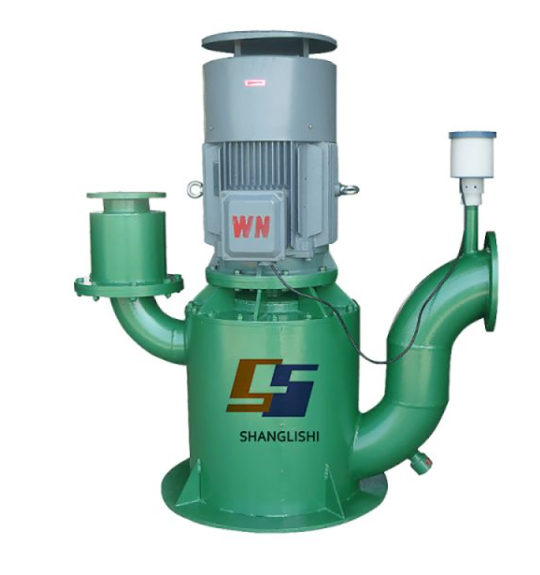Self-Priming Pump Selection Guide
Published:
Jan 16,2025
Self-priming pumps are essential in a variety of industries for transferring liquids, especially when the pump needs to be able to start without manual priming, even when the pump casing is empty of liquid.

Self-priming pumps are essential in a variety of industries for transferring liquids, especially when the pump needs to be able to start without manual priming, even when the pump casing is empty of liquid. These pumps are commonly used in water treatment, chemical processing, food and beverage, and other fluid handling applications. Selecting the right self-priming pump for your needs involves considering multiple factors to ensure optimal performance, efficiency, and longevity.
This guide will walk you through the key aspects to consider when selecting a self-priming pump for your application.
1. Understand the Basics of Self-Priming Pumps
Self-priming pumps are designed to evacuate air from the suction side and replace it with liquid, allowing the pump to operate without needing to be manually primed. Unlike standard centrifugal pumps, self-priming pumps can run dry for short periods, making them ideal for applications where the liquid source is not always available or may fluctuate.
These pumps typically feature a unique casing design and an impeller that creates a vacuum to lift the liquid into the pump housing from the source.
2. Determine the Type of Fluid Being Pumped
The type of fluid you're pumping is a key factor in selecting the right self-priming pump. Consider the following characteristics of the fluid:
Viscosity: More viscous liquids (e.g., oils, syrups, or pastes) may require a pump with a larger impeller or one designed for handling thicker fluids. Pumps for high-viscosity fluids typically have lower flow rates but higher torque.
Solids Content: If the liquid contains solid particles (e.g., slurry, sewage, or waste water), select a self-priming pump that can handle solids. These are often designed with a larger pump casing and impeller to allow debris to pass through without clogging.
Temperature: Ensure the pump material is compatible with the temperature of the liquid. Pumps designed for hot fluids, for example, need to be made from heat-resistant materials like stainless steel, whereas cold fluids may have fewer restrictions.
High-Efficiency Self-Priming Pump
3. Evaluate the Flow Rate and Head Requirements
The flow rate and head are critical factors in determining the performance capabilities of your pump:
Flow Rate: Flow rate refers to the volume of fluid the pump can move over a specific period, typically measured in gallons per minute (GPM) or liters per minute (LPM). The flow rate required will depend on your application’s needs, such as the volume of fluid you need to move and the time it should take to move it.
Total Head (Static and Dynamic Head): The total head is the total vertical distance the liquid must travel, including both the static head (height the fluid needs to be lifted) and dynamic head (friction losses due to pipes, bends, valves, etc.). Your pump must be able to generate enough head to overcome these resistances and transport the fluid effectively.
Static Head: The difference in height between the surface of the fluid source and the point of discharge.
Dynamic Head: Calculated based on the flow rate, pipe length, friction, and other resistances within the system.
Ensure the pump you select has the capacity to handle both the required flow rate and the necessary head.
4. Assess the Pump’s Priming and Suction Lift Capabilities
Self-priming pumps are designed to lift the liquid from a source that might be below the pump level, but there are limits to how much vertical lift the pump can handle. When selecting a self-priming pump, consider the following:
Priming Time: This refers to how long the pump takes to prime itself after starting. Pumps with fast priming times are critical in applications where speed is a priority.
Suction Lift: The suction lift is the vertical distance between the liquid source and the pump’s centerline. A typical self-priming pump can lift liquid up to 25 feet, but this may vary depending on the pump model and design.
NPSH (Net Positive Suction Head): Check the NPSH requirements of the pump. If the NPSH available in your system is lower than the pump's required NPSH, cavitation can occur, leading to damage and reduced pump performance.
5. Material Selection
Choosing the right material for the pump components (housing, impeller, seals, etc.) is essential to ensure the longevity and reliability of your self-priming pump. Common materials include:
Cast Iron: Ideal for general-purpose applications, particularly for pumping water or light liquids.
Stainless Steel: Suitable for corrosive fluids or hygienic applications such as food processing, chemicals, or pharmaceuticals.
Bronze or Brass: Often used in marine or saltwater applications due to their resistance to corrosion.
Polymer or Plastic: Used for corrosive or non-abrasive fluids that may not require the strength of metals.
Ensure that the materials you select match the fluid’s characteristics to avoid corrosion or wear.
6. Consider Energy Efficiency and Power Supply
Energy efficiency is an important consideration when selecting a self-priming pump, especially for applications that require continuous or high-volume pumping. Some pumps are designed with energy-saving features, such as:
Variable Speed Drives (VSD): VSDs allow the pump to adjust its speed based on demand, reducing energy consumption.
Pump Efficiency Ratings: Check the manufacturer’s efficiency ratings to determine how much power is required for optimal operation. A pump with higher efficiency will save on electricity costs and provide better long-term performance.
Ensure the power supply (voltage, phase, and frequency) matches your system's requirements and that the motor is appropriately sized for the application.
7. Look for Maintenance and Durability Features
Self-priming pumps are subject to wear and tear, especially if they are used in demanding applications. Look for features that reduce maintenance needs and extend the pump’s lifespan:
Easy Maintenance: Some pumps are designed for easier maintenance, with features such as removable inspection covers, easy-to-replace seals, and access points for routine checks.
Sealing Systems: Look for pumps with durable sealing systems to prevent leakage and contamination. Mechanical seals or rubber seals can help to reduce downtime and maintenance costs.
Wear Parts: Pumps that handle abrasive or harsh materials should have wear-resistant components, such as hardened impellers or liners.
Ensure the pump is designed to last with minimal downtime and maintenance.
8. Check for Manufacturer Reputation and Support
Finally, always choose a self-priming pump from a reputable manufacturer with a proven track record. A good manufacturer will offer:
Warranty: A solid warranty that covers any defects or issues with the pump.
Customer Support: Access to customer service and technical support to help with installation, troubleshooting, and maintenance.
Spare Parts Availability: Ensure that spare parts for the pump are readily available, particularly for wear components such as seals and impellers.
Doing due diligence on the manufacturer and ensuring they offer robust post-purchase support can save you time and money in the long run.
Conclusion
Selecting the right self-priming pump requires careful consideration of various factors, including the type of fluid, flow rate, head requirements, material compatibility, and maintenance needs. By following these steps, you can ensure that you choose a pump that meets your application’s requirements, delivers reliable performance, and provides long-term value. Take the time to evaluate different models, review manufacturer specifications, and seek professional advice when necessary, to make an informed decision.
Keyword:
SHANGLISHI PUMP GROUP
Department Director: Ms. Wang
Tel: +86-311-82725800/82725629
Email: admin@sls-pump.com
WhatsApp: +86 15830676372
Mobile Website

Mobile Website
Copyright © 2022 SHANGLISHI PUMP GROUP



